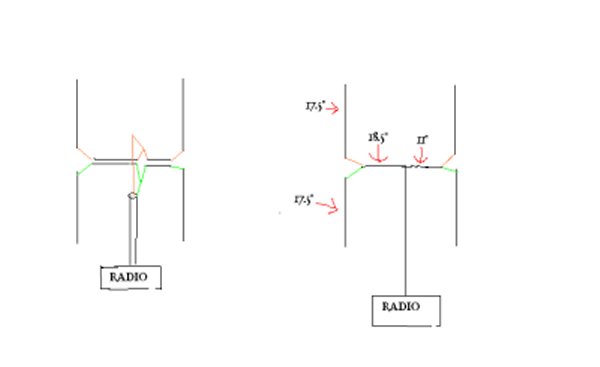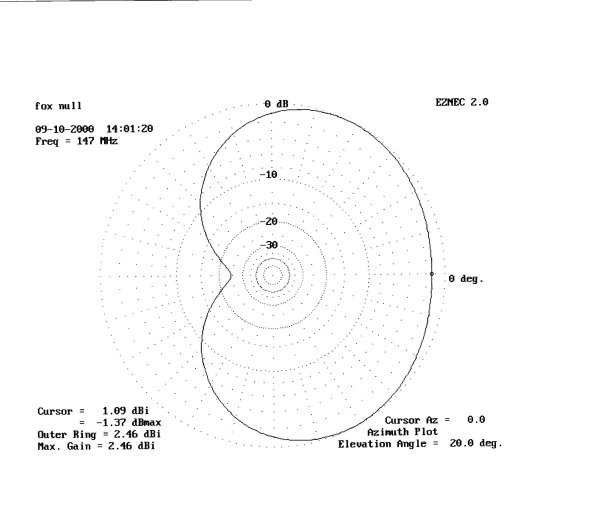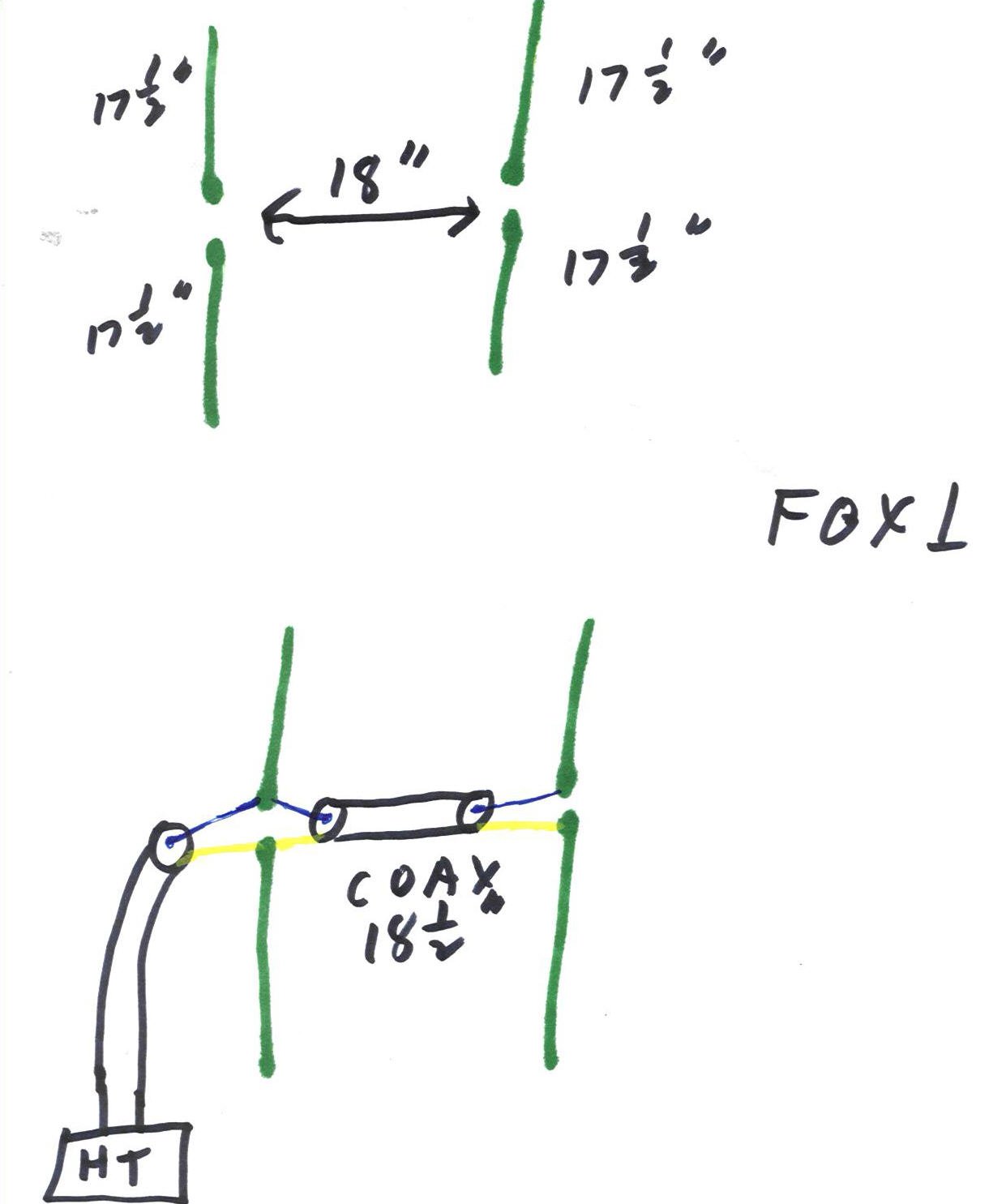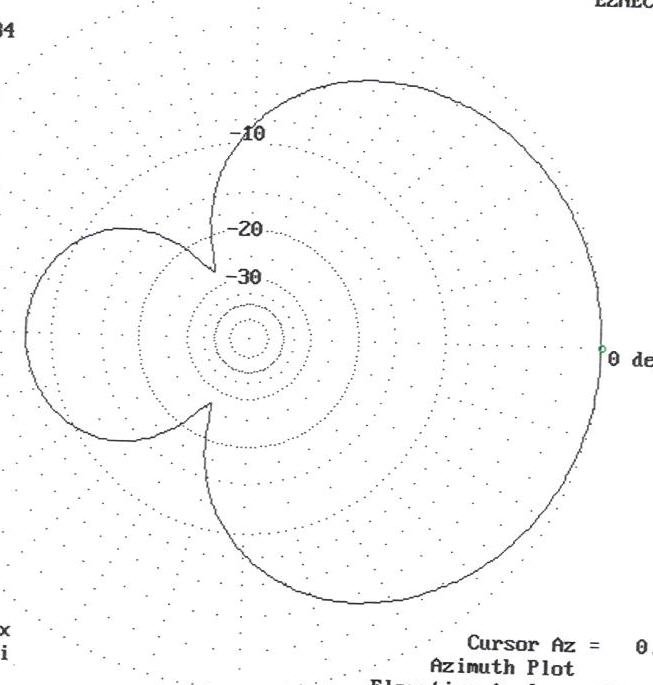

by Dr. Peter Rock KJ4ND
Sunday, September 10, 2000


These diagrams show an antenna that should be easier to construct, and
requires less material, and does not require any balun. The diagram at the
left shows one view of the antenna . It is basically the same as the one that
I demonstrated at the last club meeting, except that it is a little longer, and
does not require the other coax fittings, except the one that connects to the
HT (radio) .
Each wire element is 17.5 inches, and the center connector of the coax
connectors to the similar side wire element . The coax in the center is split
off-center , with 18.5 inches on one side , and 11 inches on the other side .
The coax center connectors all connect together; and the shields all connect
together ( at the feed point ). This will give the antenna a deep null on one
side, which should be better than the one given in the copy of the radio
book I gave you .


This new antenna design is the one I currently use, and is more
useful than the previous one I had listed on this site. The upper diagram
shows that this 2 meter fox hunting antenna is made with two half wave
antennas spaced about .25 wavelenths apart. In this case they are 18
inches apart. The length of each half wave is 17.5 inches, and they are
fed at their centers. The antenna wire making up the antenna can be
supported on wood, pvc pipe ( either inside or outside) or any other
insulating material.
This antenna is simpler to make , because it only requires one
piece of coax (other than the coax from the HT ). Refering to the lower
diagram, the coax between the two half waves is 18.5 inches, slightly
longer than the spacing between the half waves. This is to provide the
proper phasing between the half waves.
Note that the connections to the center connectors (blue) are
all on the same side (i.e. upper) , and that the connections to the shield
(yellow) are on the same side (lower). That is very important for the
correct phasing also.
In this antenna the coax from the HT connects to one side of
the fox antenna. The pattern this gives is seen on another diagram , and
has one large lobe in the front, and a smaller lobe in the back, making it
easy to tell which is the peak direction, and two deep nulls off the sides
approximately broadside.
The exact location of the nulls may vary a little, and the exact
location can be found after constructing it and testing it on a radio signal
of known location.
I believe that you will find this to be a very useful fox hunting
antenna.
73's
Peter KJ4ND